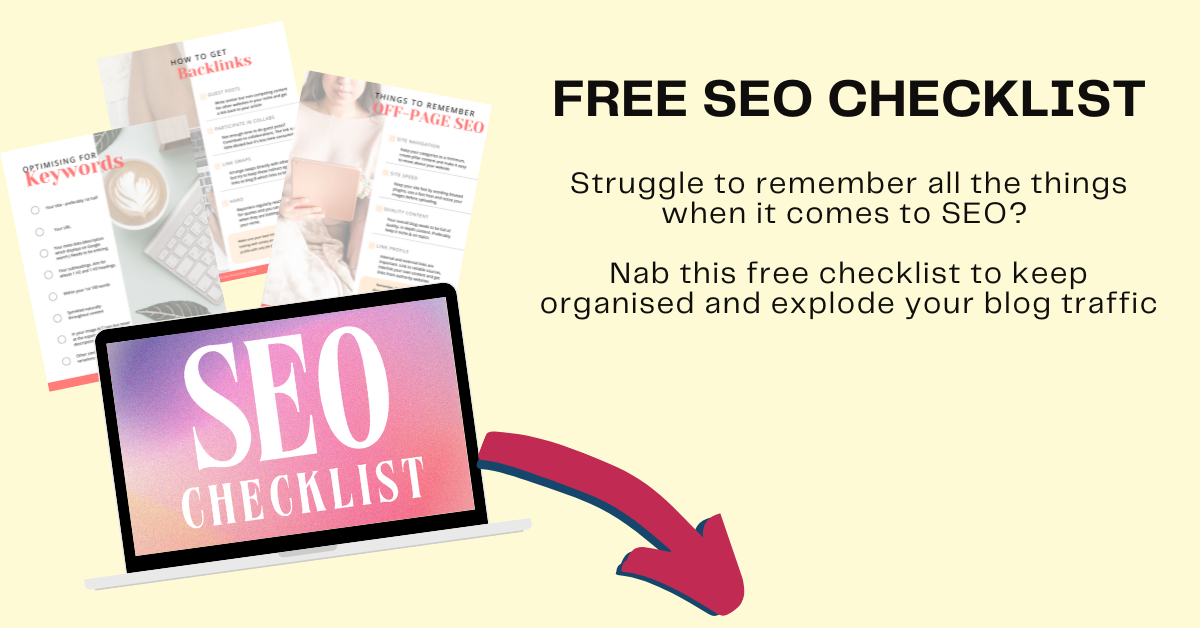In today’s competitive marketplace, entrepreneurs—tasked with raising capital, attracting talent and getting their businesses off the ground—are up against a staggering statistical fail rate. But by following some basic principles related to design, marketing and user experience—basic creeds of branding of some of the most powerful businesses out there—you can increase your odds of starting and maintaining a successful brand.
#1 – Simplicity
While it’s tempting to try to be everything to everyone, one of the most impactful ways to stand out in a crowded marketplace is to do one thing well. Vrai & Oro is a jewelry line that shucked the categorical norm of creating marked-up, seasonal items, focusing instead on a limited line of classic, timeless pieces—no gimmicks. The brand name translates to “truth and gold,” and that’s exactly what consumers get—streamlined offerings that are pure and unadulterated, with a simplicity that cuts through the clutter of competitors’ offerings. Even the straightforward web design and ordering process are a seamless extension of the company’s dedication to transparency.
#2 – Disruption
Strategies that break from norms can force an entire category to reevaluate its behavior. Having grown up in a family of pharmacists, TJ Parker was frustrated by the complexity of the business. His company, PillPack, is the first online pharmacy designed to help people take the right medication at the right time. The Somerville, Mass.-based service prepacks medications and delivers them to customers in convenient time-stamped packets, ensuring that there are no gaps in care. The company’s design, from its medication-scheduling system to its user interface, packaging and website—is simple, intuitive and human, challenging the confusing and alien design language of traditional pharmaceuticals.
Rather than just improving on its competition, PillPack has reinvented a category and infused humanity back into a sector that had lost touch with it.
#3 – Original Expression
A bold statement or expression can establish a new narrative and original attitude. Tina Roth Eisenberg was inspired to start Brooklyn-based Tattly after her daughter came home from a birthday party with an unsightly temporary tattoo. As a designer, she was more upset than many would be by the offending clip art, but from this she unlocked an opportunity. Tattly is now a profitable business of “designy temporary tattoos” with a cult following and retail partnerships with Forever 21, Urban Outfitters, J.Crew and the Museum of Modern Art. It’s a niche industry, but Tattly is making an impact in a bold way.
#4 – Big Ideas
A groundbreaking idea that evokes emotion can generate brand loyalty in unexpected and lasting ways. Spirits Company Johnnie Walker sponsored Future, a gallery of “artwork not yet created.” Ten artists displayed blank canvases, promising to produce incredible work upon them, and challenged buyers to buy the pieces in advance, taking a chance on talent. The auction sold triple the amount expected.
While Johnnie Walker is not known for art, Future was a physical manifestation of the brand’s personality, showcasing the company’s “belief in people’s potential, transforming the way art collectors buy pieces of art and changing how new artists start their career.” By stepping out of its comfort zone with a big idea, Johnnie Walker humanized its brand while supporting and inspiring a section of its core demographic.
#5 – Symbolism
Powerful symbols transcend words to trigger emotions and create a meaningful impression. Lego’s business is built on child’s play, yet the brand captures the fancy of pretty much everyone, regardless of age. More than just elemental colored bricks, the iconic Lego blocks inspire creativity in a way that can resonate with adults—from artist Nathan Sawaya’s Lego sculptures to the award-winning The Lego Movie, whose humor spanned generations. The Lego brand symbolizes more than toys; it represents a world of possibility.
#6 – Meaning
Commit to making a genuine connection with your audience, and you better your chances of evoking an emotional response. The founders of New York City-based Warby Parker aimed to provide consumers with stylish, affordable eyewear that is also mission-driven. For every pair of glasses Warby Parker sells, it makes a donation that enables optical training in developing countries. Aside from the disruptive stance of challenging a long-stagnant category, the social-impact dimension of the business model was a novel approach that set an example for many companies to follow. By rooting the brand in something meaningful, Warby Parker passes on that meaning to its consumers, making them feel empowered by a purchase that not only looks amazing without breaking the bank, but also contributes to the greater good.
#7 – Depth
Layers of meaning and purity of purpose create a sense of warmth and emotion around a brand. When San Francisco-based Airbnb introduced its new logo last year, it wasn’t to the greatest of fanfare. But while the new identity may have fallen flat, what the brand did around the redesign process was powerful. In a live webcast reveal, the company walked viewers through the redesign strategy, outlining the brand’s many facets, identifying core values and objectives and reinforcing the dedication to an honest user experience. While the intention of the webcast was to reveal the new logo, those 45 minutes became a deeper experience, forging a sense of community, home and culture.











